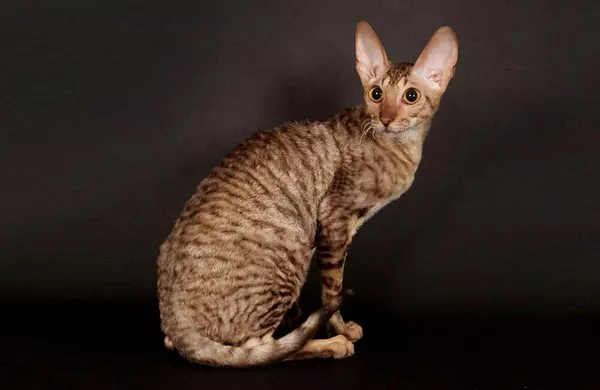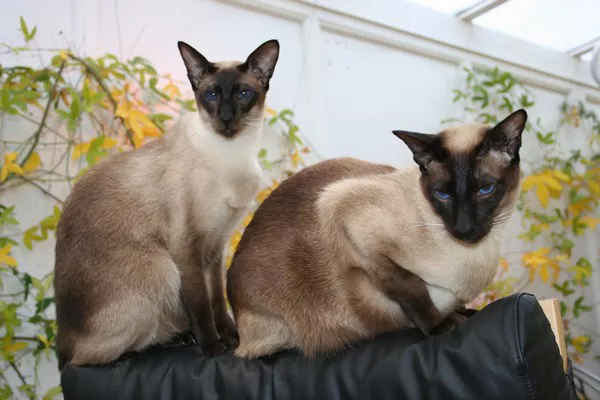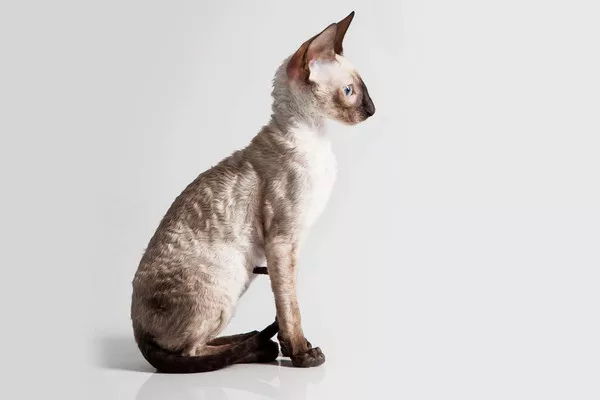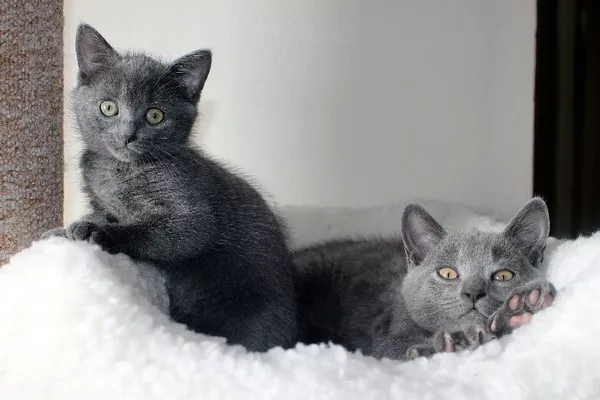Within the realm of feline companionship, few breeds captivate the imagination quite like the Cornish Rex cat. Renowned for their unique appearance, distinctive coat, and playful personality, Cornish Rex cats hold a special place in the hearts of cat enthusiasts worldwide. However, within this beloved breed, there exists a diverse array of types and varieties, each with its own set of characteristics and traits. In this comprehensive guide, we delve into the fascinating world of Cornish Rex cats, exploring the different types and varieties that contribute to their allure and charm.
Understanding the Cornish Rex Breed: A Brief Overview
Before delving into the specific types of Cornish Rex cats, it is essential to gain a deeper understanding of the breed’s origins and characteristics. The Cornish Rex is a relatively young breed, originating in Cornwall, England, during the mid-20th century. Known for their soft, wavy coats, large ears, and slender bodies, Cornish Rex cats possess a distinctive appearance that sets them apart from other feline counterparts. Their playful and affectionate nature, coupled with their high intelligence and boundless energy, endears them to cat lovers around the world.
Origins and History: A Unique Genetic Mutation
The Cornish Rex breed owes its distinctive appearance to a spontaneous genetic mutation that occurred in a litter of kittens born in Cornwall in the 1950s. One of the kittens, named Kallibunker, exhibited a remarkably curly coat unlike any seen before in domestic cats. Breeders recognized the unique nature of this mutation and began selectively breeding Kallibunker and his descendants to establish the Cornish Rex breed. Through careful breeding programs and crossbreeding with other breeds, such as Siamese and Burmese cats, breeders were able to solidify the Cornish Rex’s distinctive characteristics while maintaining its genetic diversity.
Physical Attributes: Unique Features and Characteristics
At the heart of the Cornish Rex breed’s appeal lies its unique physical attributes and characteristics. Unlike traditional cat breeds with straight fur, Cornish Rex cats boast a soft, curly coat that lacks the typical guard hairs found in other breeds. This curly coat, combined with their slender bodies, elongated faces, and large ears, gives Cornish Rex cats an elegant and distinctive appearance that sets them apart from their counterparts. Their coats come in a variety of colors and patterns, ranging from solid colors like white, black, and red to bi-color, tabby, and tortoiseshell variations.
Exploring Different Types of Cornish Rex Cats
Within the realm of Cornish Rex cats, there exists a diverse array of types and varieties, each with its own unique characteristics and traits. From coat colors and patterns to genetic variations and lineage, the following sections explore the different types of Cornish Rex cats that enthusiasts may encounter.
Coat Colors and Patterns: A Kaleidoscope of Possibilities
One of the most striking aspects of Cornish Rex cats is the wide range of coat colors and patterns available within the breed. From solid colors like black, white, blue, and cream to more intricate patterns such as tabby, tortoiseshell, and calico, Cornish Rex cats exhibit a kaleidoscope of possibilities when it comes to their coats. Additionally, some Cornish Rex cats may display colorpoint patterns, characterized by darker points on their ears, face, paws, and tail, reminiscent of breeds like the Siamese and Balinese. Whether adorned in a single hue or adorned with intricate markings, Cornish Rex cats never fail to dazzle with their vibrant and varied coats.
Genetic Variations: Understanding Alleles and Mutations
Beyond coat colors and patterns, Cornish Rex cats may also exhibit genetic variations and mutations that contribute to their unique appearance and characteristics. One notable example is the rex mutation itself, which gives Cornish Rex cats their signature curly coats. This mutation affects the structure of the hair shaft, resulting in the characteristic soft, wavy fur that sets Cornish Rex cats apart from other breeds. Additionally, Cornish Rex cats may carry alleles for other traits, such as eye color, coat texture, and body size, which can manifest in different combinations and variations across the breed.
Lineage and Pedigree: Tracing Ancestral Roots
Another aspect to consider when exploring the different types of Cornish Rex cats is their lineage and pedigree. Cats with documented pedigrees tracing back to reputable breeders and catteries may command higher prices and hold greater value among enthusiasts seeking to preserve and propagate the breed’s standards and characteristics. Conversely, cats with unknown or mixed lineage may still exhibit the physical traits and temperament of the breed but may not possess the same level of pedigree documentation or breeding history. Regardless of lineage, all Cornish Rex cats share a common ancestry and heritage that underscores their status as a distinct and cherished breed.
Conclusion: Celebrating the Diversity of Cornish Rex Cats
In conclusion, the world of Cornish Rex cats is as diverse and enchanting as the cats themselves. From their unique coat colors and patterns to their genetic variations and lineage, Cornish Rex cats offer a rich tapestry of possibilities for enthusiasts and admirers alike. Whether adorned in solid hues, intricate markings, or exotic colorpoint patterns, Cornish Rex cats never fail to captivate with their elegance, charm, and playful personalities.
As guardians of these beloved felines, it is our privilege and responsibility to celebrate and preserve the diversity of the Cornish Rex breed for generations to come. By understanding and appreciating the different types and varieties of Cornish Rex cats, we can ensure that their unique traits and characteristics continue to be cherished and admired by cat lovers around the world. So let us rejoice in the kaleidoscope of colors, patterns, and genetic variations that make Cornish Rex cats a truly extraordinary and beloved breed.


























